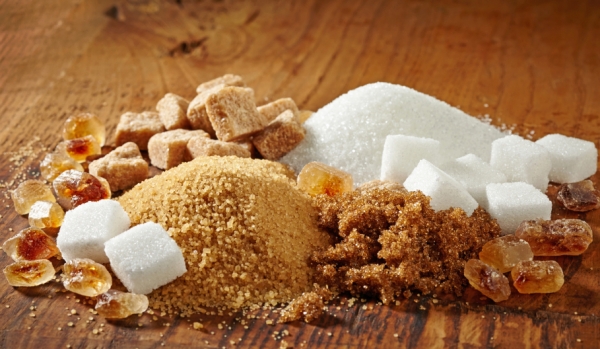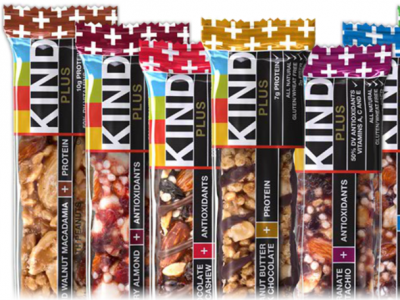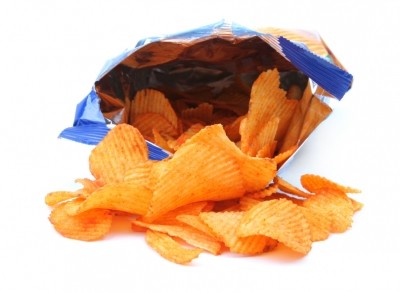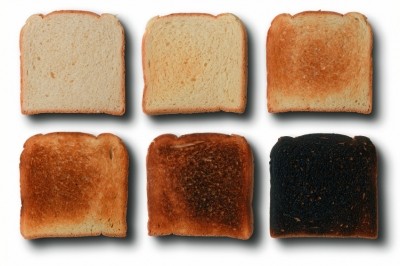Daily value percentage for added sugars on Nutrition Facts Panel is ‘premature’, say bakers
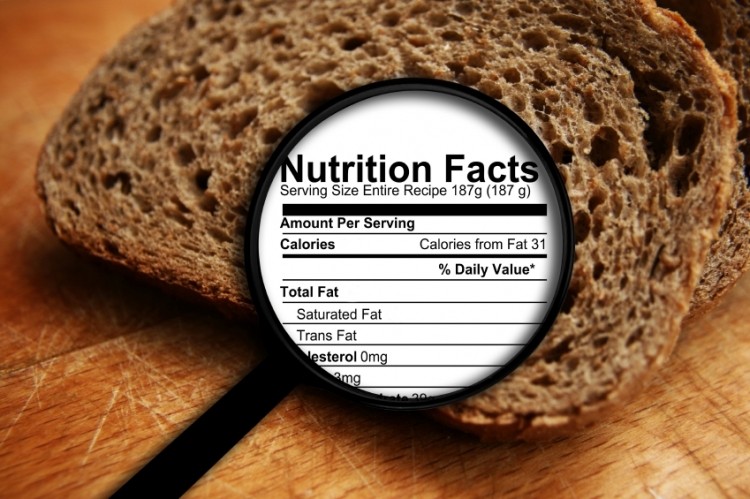
The Food and Drug Administration’s added sugars proposal, filed last week, said manufacturers would have to include a percentage DV for added sugar, according to a decision that added sugars should represent no more than 10% of a person’s total calories.
The proposal has been filed with a comment period that closes October 13.
Why 10%?
The FDA said its decision to base the DV of added sugars on representing 10% of total calories was based on recommendations from the 2015 Dietary Guidelines Advisory Committee (DGAC), made in a recent report.
However, Lee Sanders, senior vice president of government relations and public affairs at the American Bakers Association (ABA), said the decision to base the proposal on the DGAC report was “premature”.
“The agencies have yet to complete their final dietary recommendations that are expected at the end of 2015. For FDA to leap to the conclusion that added sugar is the cause of obesity is a stretch at best – the science the DGAC pointed to is not of the strongest level,” she told BakeryandSnacks.com.
“Only 27% of the science used in the DGAC was from the Nutrition Evidence Library,” she added.
Nick Pyle, president of the Independent Bakers Association (IBA), agreed.
“The proposal itself is based on recommendations of the DGAC and not formal FDA/USDA changes to Dietary Guidelines anticipated later this year. Actions of the DGAC, by its own admission, were in only 25% of cases able to pass peer review to be published in an accredited publication. Is this part of the 25%?”
Pyle said the IBA would “most certainly” be submitting comments to the FDA, stating there was a need for a “thorough review of the proposal and consensus of membership, along with additional input from the food industry at large”.
Sugar versus ‘added sugar’
In the FDA’s initial March 2014 proposal, the ABA raised several points over ‘added sugar’ provisions, including the point that the body doesn’t process or distinguish natural sugar any differently to added sugar.
Sanders said ABA also pointed out there was no AOAC-approved method of measurement for added sugars and that for bakery products in particular it proved more complex to measure because of fermentation that utilized sugar as part of the baking process.
Back in August 2014, the ABA filed comments to the FDA stating, among other things, that should ‘added sugars’ be incorporated in the Nutrition Facts Panel, such labeling should be voluntary.
Positively received
A number of health and policy advocates, however, have spoken out in support of the daily values for added sugars being included on pack.
Marion Nestle, professor of nutrition, food studies, and public health at New York University, said: "Congratulations to the FDA for this one. Let's hope it sticks."
Similarly, the Center for Science in the Public Interest (CSPI), welcomed the proposal, describing it as a "major public health victory".

